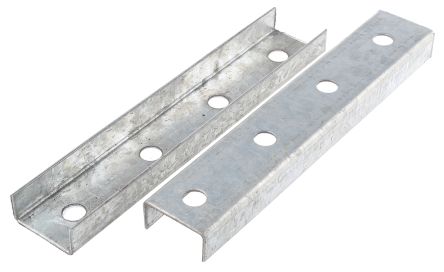

Welded connections are also used for the construction of buildings in seismic areas. Welded beam-to-column connections can be prepared in the fabrication workshop with a bolted splice connection within the beam spam, at a position of lower bending moment.
SPLICE PLATE STEEL FULL
These connections can provide full moment continuity but are expensive to produce, especially on site. Instead of bolted beam-to-column connections, welded connections can be used. The most commonly used moment resisting connections are bolted end plate beam-to-column connections these are shown in the figure below. However, as extra fabrication will result, this situation should be avoided if possible.įor portal frame structures, haunched moment resisting connections at the eaves and apex of a frame are almost always used, as in addition to providing increased connection resistances, the haunch increases the resistance of the rafter. Where a deeper connection is required to provide a larger lever-arm for the bolts, a haunched connection can be used. Connections in multi-storey frames are most likely to be bolted, full depth end plate connections or extended end plate connections.

Moment resisting connections are used in multi-storey un-braced buildings and in single-storey portal frame buildings. 8.3 Classification of column base connections.7.3 Beam-through-beam moment connections.1 Types of moment resisting connections.


 0 kommentar(er)
0 kommentar(er)
